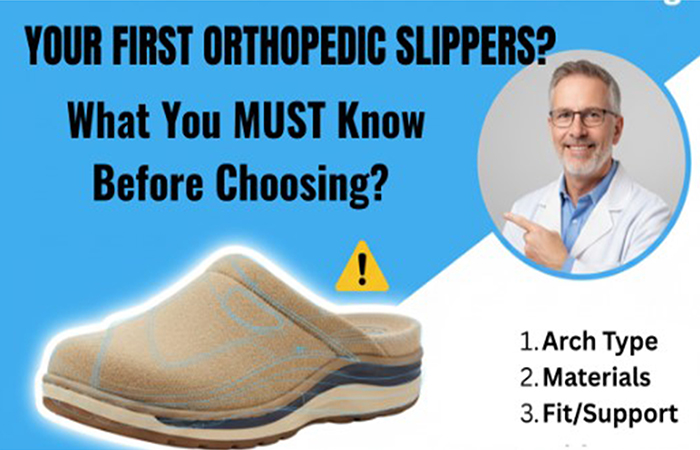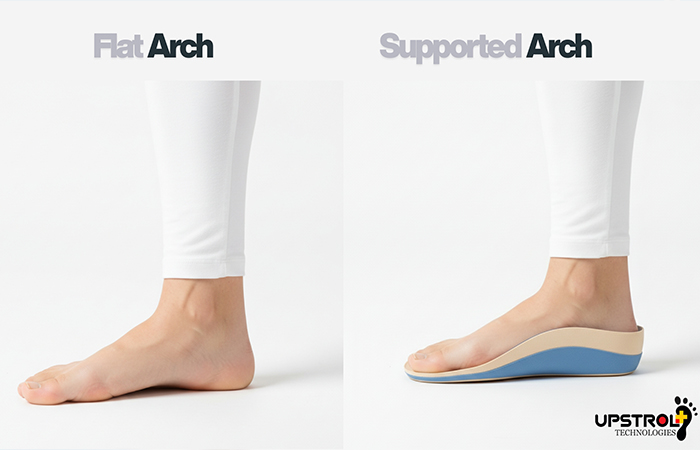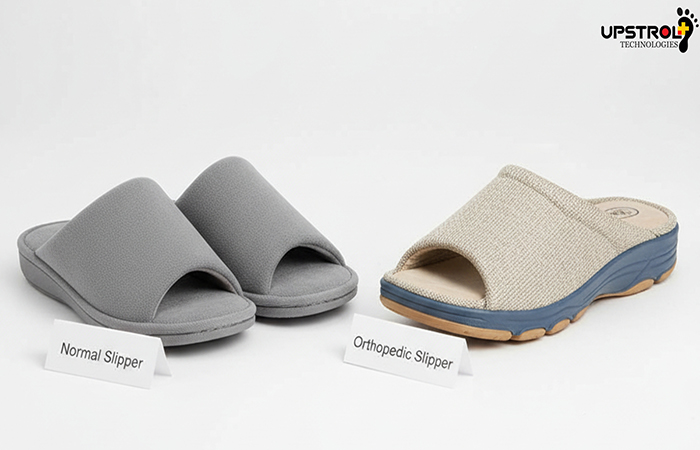

If you’ve been dealing with heel pain, foot swelling, diabetes-related foot issues, or discomfort while walking, someone has probably told you to try orthopaedic slippers. But here’s the big question—how do you know which pair is right for you, especially if this is your first time buying orthopaedic footwear?
In Tamil Nadu, the demand for orthopaedic sandals and slippers is rising quickly. More people are realizing that normal flat slippers don’t provide enough support for daily use, especially when walking on hard roads, working long hours, or managing medical conditions like diabetes.
This blog is your beginner’s guide—we’ll explain what you must know before choosing your first orthopaedic slippers, backed by real facts, current trends, and expert insights.
All these factors make arch support slippers not just a luxury, but a necessity.
Different sole materials are used depending on your foot condition:

The main difference between normal slippers and orthopaedic slippers is arch support.
For diabetics, avoid hard plastic or cheap rubber soles—they increase the risk of ulcers.
If you suffer from plantar fasciitis or heel pain, look for slippers with:
According to The Journal of Foot & Ankle Research, custom orthopaedic footwear can reduce heel pain by up to 70% compared to normal footwear.
We all love stylish slippers, but remember:
At Upstrol Technologies (Madurai), we use foot scanning & gait analysis to customize slippers to your exact curve. This ensures function + comfort + style together.
Different people need different types of orthopaedic slippers:

Your first orthopaedic slippers are more than just footwear—they’re an investment in your foot health. Whether you are choosing them for medical needs, preventive care, fitness, or daily comfort, the right pair can transform the way you walk, stand, and live.
At Upstrol Technologies, Madurai, we combine scientific foot analysis + arch support + handcrafted design to create slippers that match your exact foot curve.
Don’t wait for pain to worsen. Take the first step towards pain-free walking today!